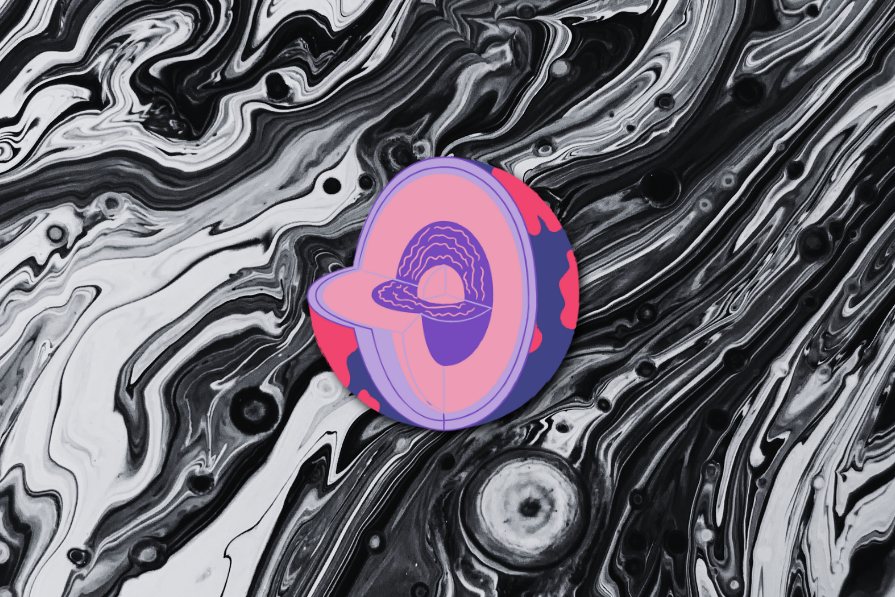Logrocket
3w
347

Image Credit: Logrocket
Understanding the 5 UX design layer types
- The general UX design process typically constructs a product interface by creating five layers, from the abstract idea to the concrete product implementation.
- The five layers include: Strategy, Scope, Structure, Skeleton, and Surface.
- Constructing each layer one-by-one helps designers create high-quality, usable, productive, user-centric interfaces during a well-organized design process.
- The Strategy layer defines the primary goals of a specific product based on user and business objectives, while the Scope layer specifies the functional and content requirements necessary to establish those goals.
- The Structure layer is the blueprint for the product interface design process. It structures the digital product based on user interactions and information organization, defining screen-by-screen how users will move through the product.
- The Skeleton layer adds further visual detail to product design based on the content and navigation organization of the structure layer. Here, wireframes, mockups, and low-fidelity prototypes are used to visualize the product interface using basic UI components.
- The Surface layer is the final UX layer type. It visualizes the final product interface using the skeleton layer design specifications and UI design concepts. This layer defines the colors, fonts, and images that bring the entire product together for end-users.
- Each UX layer is interconnected and has different responsibilities in the product design process. After finalizing the UX design layer types, designers have presentable item for software developers.
- The UX design field is improving every day, and product designers must continuously learn and adapt to new UX concepts to stay competitive in the digital product design industry.
Read Full Article
20 Likes
For uninterrupted reading, download the app